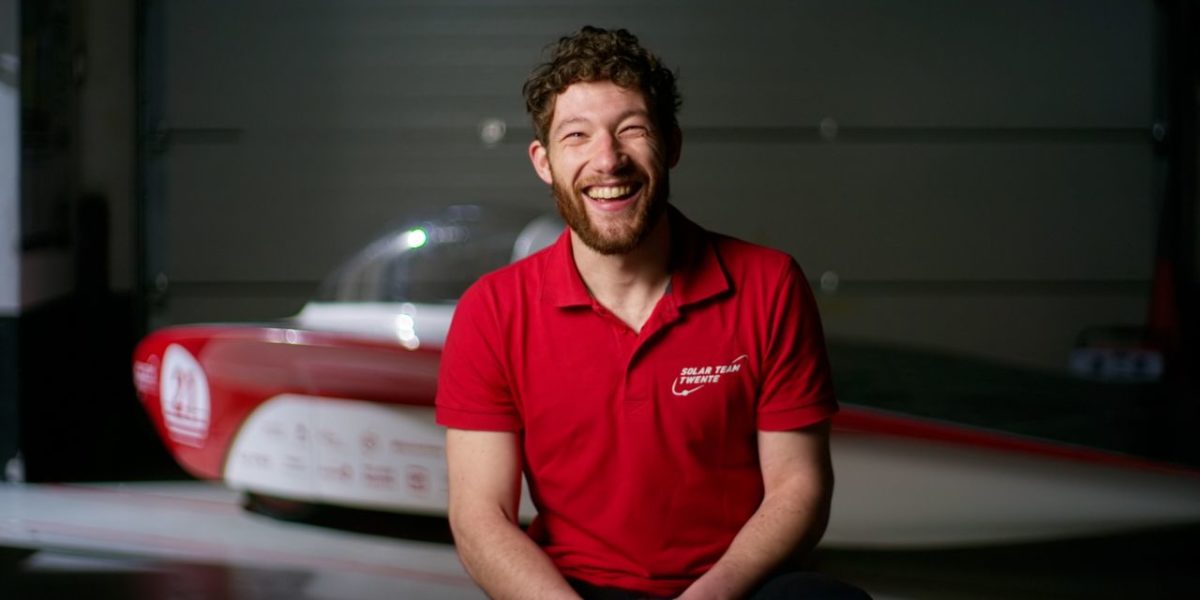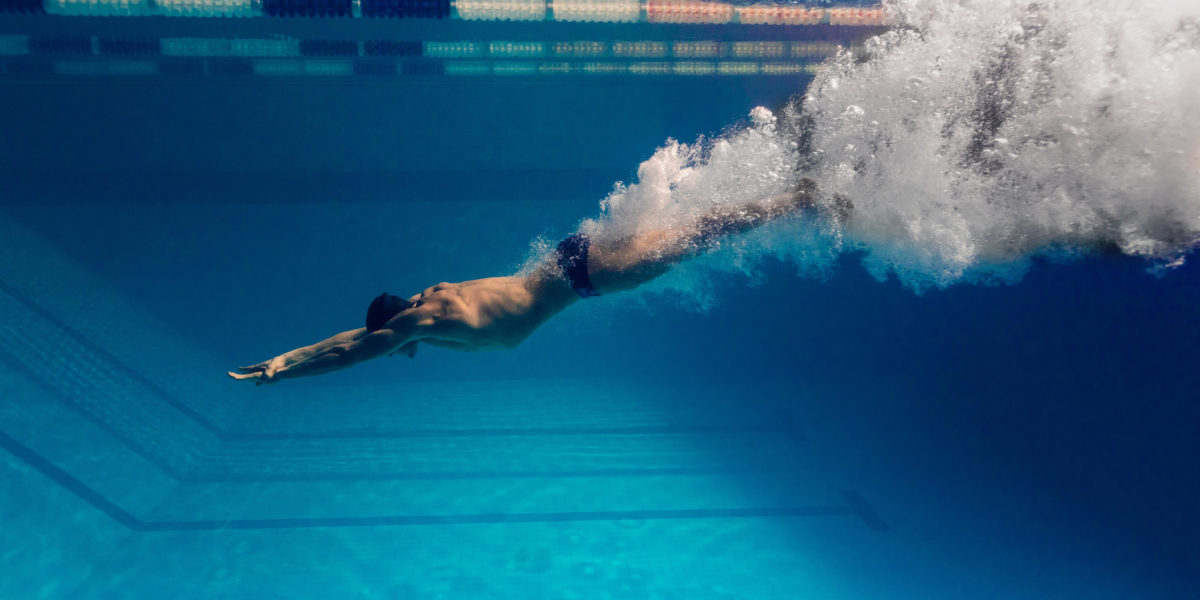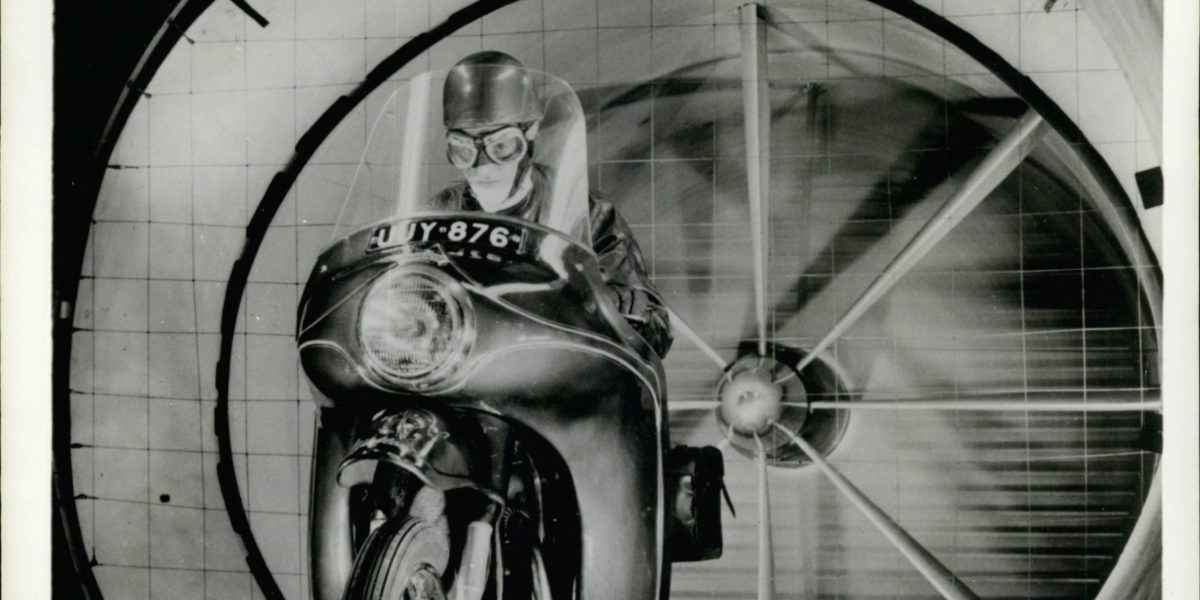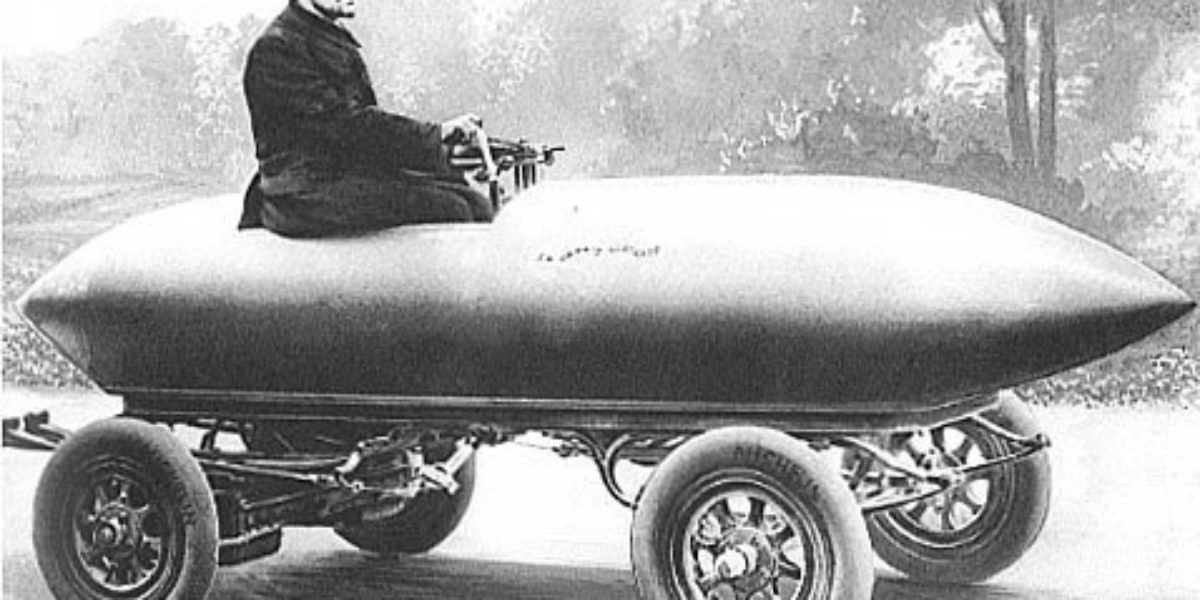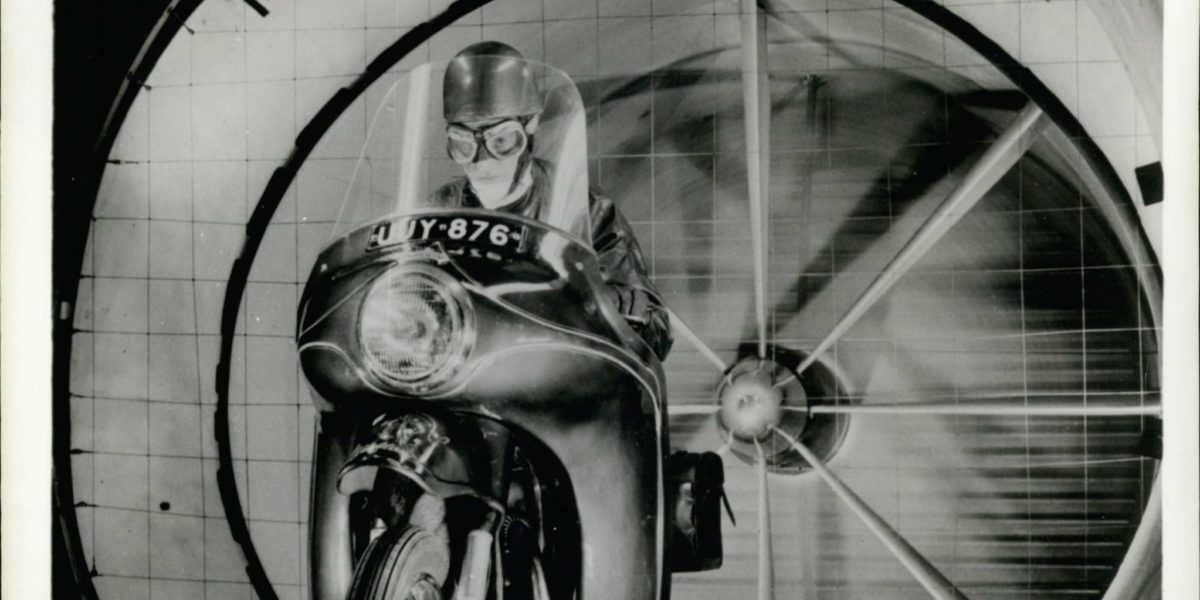As a design style, streamlining began to go out of fashion from the 1960s onwards. But scientific aerodynamics remained constantly evolving. A notable example of this can be found in sport. Nowadays, insights from aerodynamics or hydrodynamics are crucial to speed sports like swimming, cycling, skating, bobsledding and skiing.
The magic photo finish
Sport is the most inefficient form of efficiency. A huge amount of time and effort are invested in training and equipment, merely to get over the finishing line a fraction of a second quicker. The magic of speed, with which streamlined design once entered our lives, still exists in sport.
In the photofinish, and in replays of race footage, the very delay shows the speed of the athletes. These images are a practical means of determining the winner of a race. But they also feed our fascination with competitive sports.
Streamlining and aerodynamics
The streamlined style holds out the smooth, curved form as the one that ensures the lowest drag. But air and water react differently at varying speeds, altitudes and positions. Which means different forms are often required. This is illustrated by the aerodynamic skating suit. It is made from different types of fabric, some smooth, some rough, which are meant to guide the air in exactly the right direction.
Rules
Lots of sports have strict rules about how much assistance is permitted when reducing drag. To take an example, FINA – swimming’s governing body – does not allow competitors to wear swimsuits that help them in any way to increase their speed. This led to the banning of full-body swimwear after the 2008 Beijing Olympics. Several teams then wore LZR Racer swimsuits. which were inspired by sharkskin. They were suspected of giving swimmers an unfair advantage.
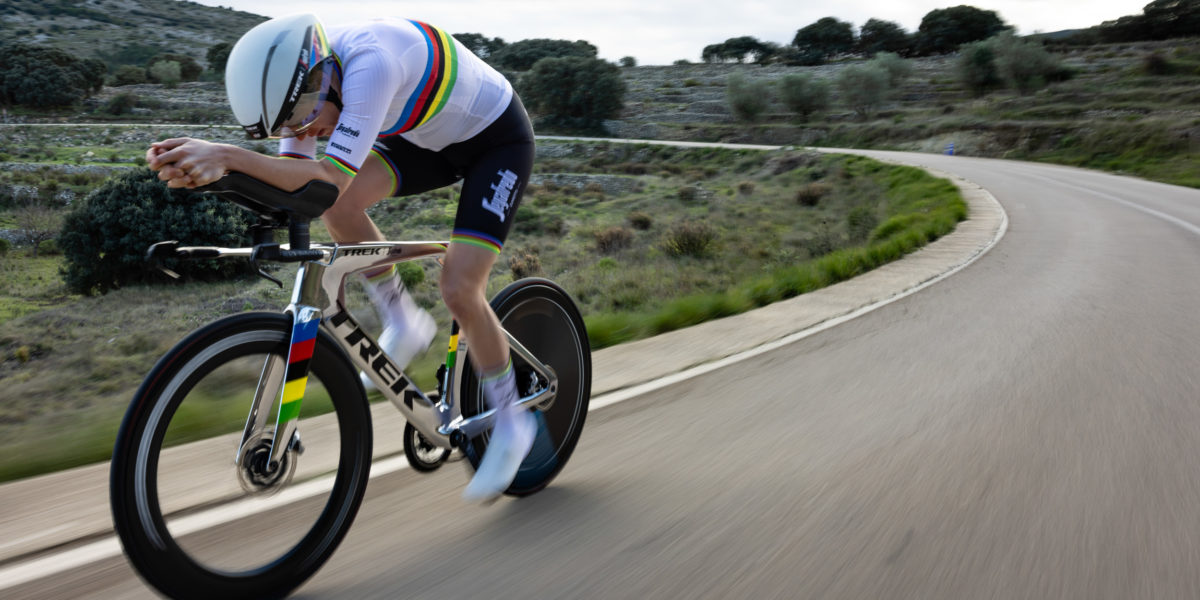
Cyclist Ellen van Dijk in action. Photo by Sam Needham.


